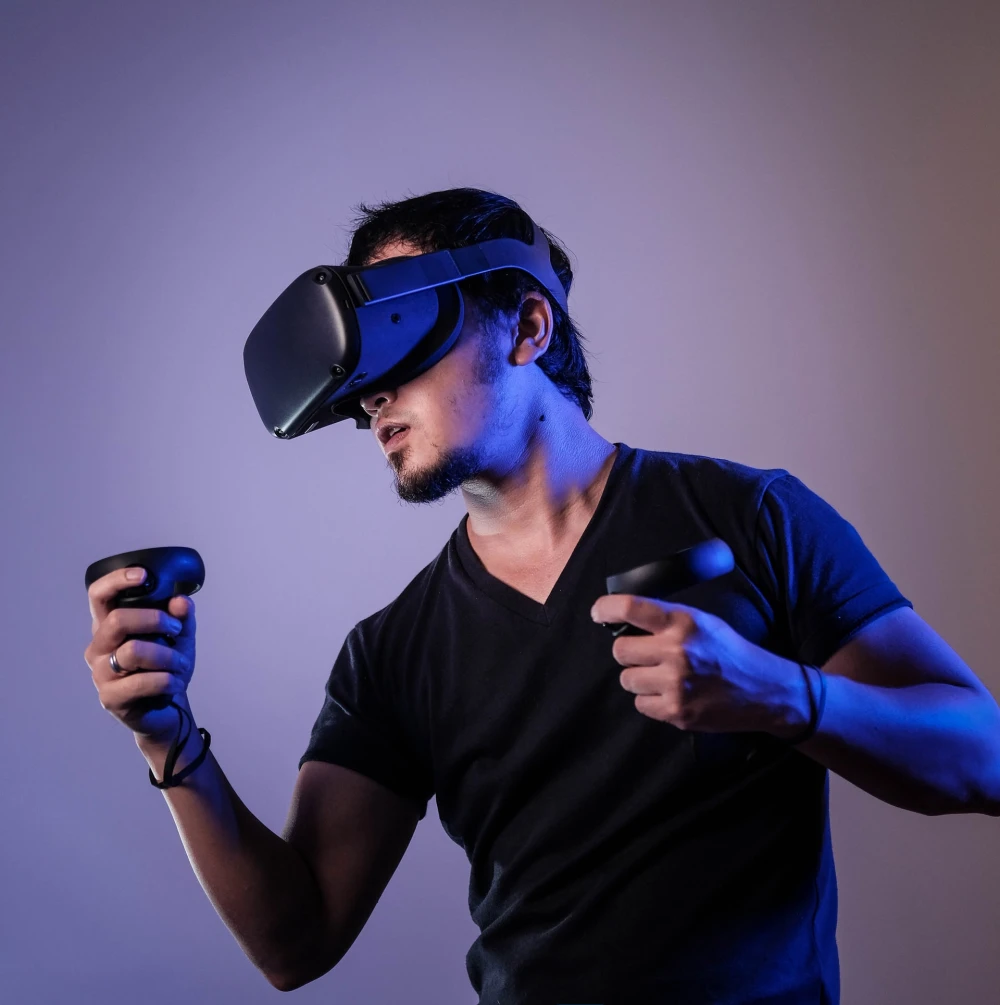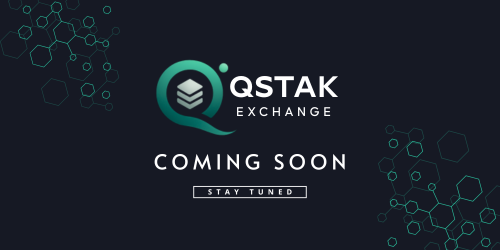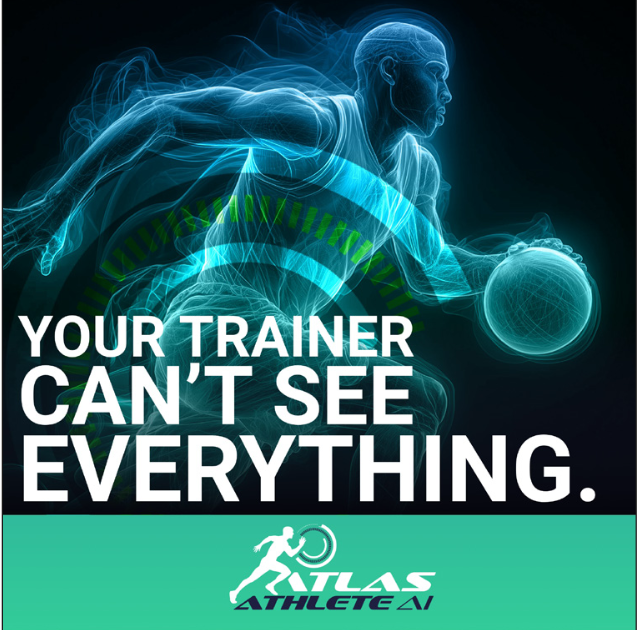How Atlas Athlete Assessment Exposes the Fatal Flaw in Sports Performance Testing

Based on an exclusive interview with Walter Groteke
The sports technology industry has a dirty secret. Despite billions invested in performance apps and assessment tools, athletes and coaches still struggle with the same fundamental problem they faced a decade ago: traditional testing methods miss what actually matters.
Most sports assessment systems focus on isolated metrics like speed, strength, or endurance. These numbers tell you how fast an athlete runs or how much they can lift, but they reveal nothing about the underlying movement patterns that determine whether that athlete can perform efficiently, safely, and sustainably over time.
“Toughness is in the soul and spirit, not in muscles.”
The Movement Analysis Revolution
Atlas Athlete Assessment App challenges this flawed approach by examining what traditional tests overlook: the musculoskeletal factors that drive how an athlete actually moves. “The big assumption we challenge is that athletic potential can be measured only through isolated drills or traditional performance metrics like speed, strength, or endurance tests,” explains Walter Groteke. “Those tests don’t capture the underlying musculoskeletal factors that drive how an athlete actually moves.” Instead of measuring surface-level performance, the system uses patented AI movement analysis to identify range of motion restrictions, left-right asymmetries, and compensatory movement patterns that even experienced coaches struggle to detect consistently.
The technology works through a surprisingly simple process. Athletes set up their smartphone or laptop and perform short movement sequences like squats, overhead reaches, or trunk rotations. No sensors, wearables, or expensive equipment required.
While the athlete moves, the AI analyzes video footage in real-time, identifying major joints including hips, knees, shoulders, and spine. The system measures critical factors like range of motion, asymmetries, and compensations such as knee tracking or trunk lean patterns.
This data gets processed through validated musculoskeletal standards to ensure clinical reliability. Where a skilled coach might notice that an athlete’s squat “looks uneven,” Atlas quantifies the problem. “A skilled coach can spot broad issues,” Groteke notes, “but Atlas might show that the left hip is 15 degrees more restricted than the right, or the shoulder mobility falls below the performance range for their sport. These are subtle objective differences that even the best coaches’ eye can’t consistently measure.”


From Data to Action
Raw numbers mean nothing without actionable solutions. When Atlas identifies a 15-degree hip restriction, the AI doesn’t abandon the athlete with a measurement. “The data only matters if it becomes actionable,” Groteke emphasizes. The system immediately connects that limitation to functional patterns relevant to their sport.
Limited hip mobility affects stride length in running, power transfer in golf, and trunk rotation in baseball. Atlas translates these findings into personalized corrective plans featuring targeted drills and mobility work designed to address specific restrictions.
The system creates a continuous feedback loop: measure, flag limitations, prescribe data-driven corrective work, then remeasure. Athletes track objective improvements over time, seeing concrete evidence that their mobility is increasing rather than relying on subjective feelings about whether exercises “worked.”

Solving the Engagement Problem
The fitness app graveyard overflows with tools that showed athletes impressive numbers but failed to maintain long-term engagement. Atlas avoids this trap through three strategic design choices.
“The graveyard of fitness apps is full of tools that showed athletes numbers but never helped them stay committed,” Groteke observes. “Atlas Athlete avoids that trap in three big ways.” First, the corrective plans require just 15 to 20 minutes daily. This timeframe fits into even the busiest training schedules, making consistency achievable rather than aspirational.
Second, the feedback remains personalized and dynamic. Athletes don’t receive generic workout plans. They see their specific scores, asymmetries, and improvements tracked over months. The motivation comes from watching concrete progress: “I was 15 degrees restricted last month, now I’ve gained 8 degrees back,” as Groteke describes the typical athlete feedback.
Third, the system integrates seamlessly with existing coaching relationships. For athletes working with coaches, Atlas provides objective data that sharpens training focus. The platform becomes part of their performance program rather than competing with it.
Ask EMMA: The AI Coaching Component
The system includes Ask EMMA, an AI companion that bridges the gap between raw data and practical guidance. “Ask EMMA essentially becomes their digital coach, explaining their results in plain language, pointing out what matters most, and guiding them with actionable drills,” Groteke explains. For athletes training independently, EMMA functions as a digital coach, explaining assessment results in plain language and providing step-by-step corrective drills.
For athletes who already work with human coaches, EMMA creates a shared reference point. Both coach and athlete access the same objective findings, leading to more targeted and effective training adjustments.
EMMA operates 24/7, providing consistent guidance between coaching sessions. While it cannot replace the psychological insights and motivation that human coaches provide, it ensures athletes always have access to evidence-based movement guidance.
Security Built for Professional Stakes
Athlete performance data carries enormous sensitivity, especially for professionals whose careers depend on keeping physical limitations confidential. Atlas addresses this responsibility by implementing healthcare-grade security infrastructure.
“Athlete performance data is incredibly sensitive. For professionals, a leak about a limitation or injury could have real career consequences,” Groteke acknowledges. All data receives encryption in transit and at rest within a Microsoft Azure environment that maintains HIPAA compliance. The system treats every athlete’s movement data as protected health information, regardless of their competitive level.
Athletes maintain complete control over their information. They decide whether coaches or clinicians can access their reports. Nothing gets shared without explicit consent, and the company commits to never monetizing or reselling athlete data.
Democratizing Elite-Level Analysis
For decades, meaningful biomechanical analysis required expensive laboratory equipment, specialized cameras, force plates, and teams of experts. This meant only Olympic programs or professional franchises could access detailed movement insights.
Atlas changes this equation completely. “With nothing more than a smartphone or a laptop, a high school athlete in a small town can now get a level of analysis that quite possibly rivals what professionals see,” Groteke states. The assessment takes approximately 30 minutes and costs $59.99.
This pricing strategy positions the service below the cost of a single private training session while delivering insights no individual coach or generic training app can provide. “We intentionally priced Atlas Athlete to be less than the cost of a single private training session or sports clinic visit while delivering insights that no coach’s eye or training app alone can provide,” Groteke notes. For many families, preventing one injury or identifying a performance limitation before it causes missed playing time justifies the investment.
The system offers flexibility in usage patterns. Athletes don’t need weekly assessments. Most benefit from two to four evaluations annually: pre-season, mid-season, post-season, and off-season baseline testing. This approach spreads costs while maintaining data relevance.
Building Sustainable Access
Atlas addresses accessibility concerns through multiple approaches. The company is introducing subscription options for athletes wanting ongoing access at lower monthly costs. Partnerships with clubs, schools, and employers can subsidize assessments, removing the financial burden from individual families.
The long-term vision positions Ask EMMA as a low-cost, always-available coaching resource that provides continuous guidance between formal assessments. This keeps athletes engaged and supported without requiring constant retesting expenses.
The Bigger Picture
Atlas represents more than individual athlete assessment. The platform is democratizing movement health the same way wearable heart monitors made cardiovascular insights available to the general public.
This shift means stronger, healthier athletes at every competitive level, not just those at the top. When movement analysis becomes as common as checking your heart rate, the entire athletic development landscape transforms.
The technology challenges fundamental assumptions about how we measure and develop athletic potential. By focusing on the movement patterns that drive performance rather than just the performance outcomes themselves, Atlas offers a more complete picture of what makes athletes successful over the long term.







